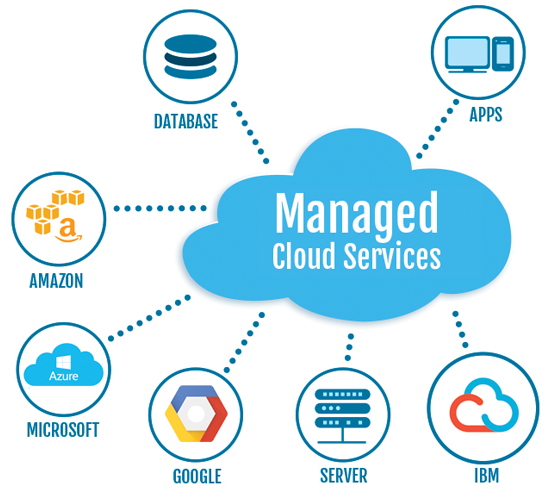What is Cloud-Based Technology?
A cloud service is any service made available to users on demand via the Internet from a cloud computing provider's servers as opposed to being provided from a company's own on-premises servers. Cloud services are designed to provide easy, scalable access to applications, resources and services, and are fully managed by a cloud services provider.
A cloud service can dynamically scale to meet the needs of its users, and because the service provider supplies the hardware and software necessary for the service, there’s no need for a company to provision or deploy its own resources or allocate IT staff to manage the service. Examples of cloud services include online data storage and backup solutions, Web-based e-mail services, hosted office suites and document collaboration services, database processing, managed technical support services and more.
There are three basic types of cloud services:
- Software as a service (SaaS)
- Infrastructure as a service (IaaS)
- Platform as a service (PaaS)
We are expertised in cloud technologies like AWS Microsoft Azure Linode Digital Ocean
Self-Service and On-demand Services
Cloud computing is based on self-service and on-demand service models. It should allow the user to interact with the cloud to perform tasks like building, deploying, managing, and scheduling. The user should be able to access computing capabilities as and when they are needed and without any interaction from the cloud-service provider. This would help users to be in control, bringing agility in their work, and to make better decisions on the current and future needs.
Resource Pooling and Elasticity
In cloud computing, resources are pooled to serve a large number of customers. Cloud computing uses multi-tenancy where different resources are dynamically allocated and de-allocated according to demand. From the user’s end, it is not possible to know where the resource actually resides.The resource allocation should be elastic, in the sense that it should change appropriately and quickly with the demand. If on a particular day the demand increases several times, then the system should be elastic enough to meet that additional need, and should return to the normal level when the demand decreases.
Quality of Service
Cloud computing must assure the best service level for users. Services outlined in the service-level agreements must include guarantees on round-the-clock availability, adequate resources, performance, and bandwidth. Any compromise on these guarantees could prove fatal for customers.The decision to switch to cloud computing should not be based on the hype in the industry. A good understanding of the technology enables the user to make smarter decisions. Knowing all the features will empower the business users to understand and negotiate with the service providers in a proactive manner.
Pricing
Cloud computing does not have any upfront cost. It is completely based on usage. The user is billed based on the number of resources they use. This helps the user to track their usage and ultimately help to reduce cost. Cloud computing must provide means to capture, monitor, and control usage information for accurate billing. The information gathered should be transparent and readily available to the customer. This is necessary to make the customer realize the cost benefits that cloud computing brings.

Self-Service and On-demand Services
Cloud computing is based on self-service and on-demand service models. It should allow the user to interact with the cloud to perform tasks like building, deploying, managing, and scheduling. The user should be able to access computing capabilities as and when they are needed and without any interaction from the cloud-service provider. This would help users to be in control, bringing agility in their work, and to make better decisions on the current and future needs.

Resource Pooling and Elasticity
In cloud computing, resources are pooled to serve a large number of customers. Cloud computing uses multi-tenancy where different resources are dynamically allocated and de-allocated according to demand. From the user’s end, it is not possible to know where the resource actually resides. The resource allocation should be elastic, in the sense that it should change appropriately and quickly with the demand. If on a particular day the demand increases several times, then the system should be elastic enough to meet that additional need and should return to the normal level when the demand decreases.

Quality of Service
Cloud computing must assure the best service level for users. Services outlined in the service-level agreements must include guarantees on round-the-clock availability, adequate resources, performance, and bandwidth. Any compromise on these guarantees could prove fatal for customers. The decision to switch to cloud computing should not be based on the hype in the industry. A good understanding of technology enables the user to make smarter decisions. Knowing all the features will empower the business users to understand and negotiate with the service providers in a proactive manner.

Pricing
Cloud computing does not have any upfront cost. It is completely based on usage. The user is billed based on the number of resources they use. This helps the user to track their usage and ultimately help to reduce cost. Cloud computing must provide means to capture, monitor, and control usage information for accurate billing. The information gathered should be transparent and readily available to the customer. This is necessary to make the customer realize the cost benefits that cloud computing brings.

